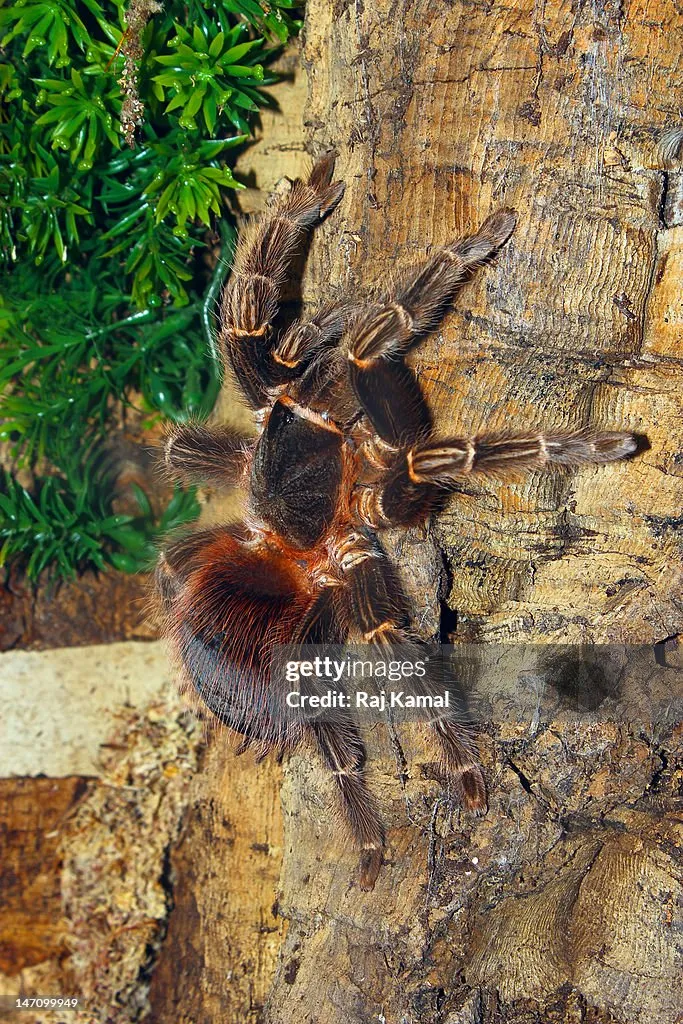Choosing Your Brazilian Fire Red Tarantula
Bringing home a Brazilian Fire Red Tarantula is an exciting experience. These vibrant creatures, known for their striking red hairs, make captivating pets. However, responsible ownership begins with careful selection. This guide provides essential tips to ensure you choose a healthy and well-adjusted tarantula, setting the foundation for a rewarding experience. Before you even think about the enclosure, substrate, or feeding schedule, the most crucial step is finding a healthy specimen. Taking the time to select a healthy tarantula will save you from heartache and provide a much more enjoyable experience.
Selecting a Healthy Tarantula
When selecting your Brazilian Fire Red Tarantula, observe its behavior and physical condition. A healthy tarantula should be active and alert. Look for a tarantula that moves with confidence, not sluggishly or erratically. Examine the tarantula’s body for any signs of injury or parasites. The abdomen should be plump, not shriveled, indicating proper hydration and feeding. A healthy tarantula will have all its legs and fangs intact. Check the pedipalps, the small appendages near the fangs, for any signs of damage. Observe the tarantula’s posture. Does it sit comfortably? Is it hunched or exhibiting any unusual behaviors? A healthy tarantula will generally appear relaxed and confident within its environment.
Signs of a Healthy Tarantula
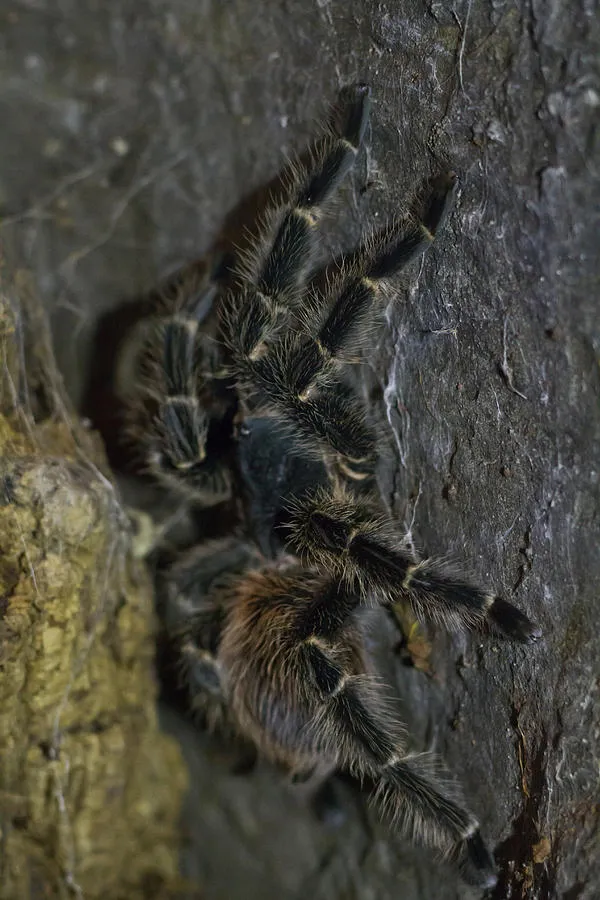
Key indicators of a healthy Brazilian Fire Red Tarantula include a robust appearance, with a slightly rounded abdomen, indicating good hydration and feeding. It should exhibit a good appetite, readily accepting food items when offered. The tarantula should be responsive to its environment, reacting to stimuli with appropriate behaviors. Check the fangs for any damage and the legs should be intact. The hairs on the abdomen and legs should appear vibrant and clean, with no signs of infestation or parasites. A healthy tarantula will often be found in a secure location within its enclosure, indicating a sense of safety and comfort. Any unusual behavior, such as lethargy, loss of appetite, or constant hiding, could indicate a health problem.
Setting Up the Perfect Habitat
Creating the ideal habitat is crucial for the well-being of your Brazilian Fire Red Tarantula. A well-designed enclosure not only provides a comfortable environment but also allows you to observe your pet’s fascinating behaviors. The setup should mimic their natural environment, offering security, appropriate temperature, and humidity. The right enclosure will contribute to the overall health and longevity of your tarantula, providing it with the space it needs to thrive. Understanding the specific requirements of your Brazilian Fire Red Tarantula, including enclosure size, substrate, and environmental controls, is fundamental to its care.
Enclosure Size and Type
The size and type of enclosure should be appropriate for the tarantula’s size and stage of life. For juvenile Brazilian Fire Reds, a smaller enclosure, such as a deli cup or a small terrarium, is suitable. As the tarantula grows, you will need to upgrade to a larger enclosure. A general rule is to provide an enclosure that is at least three times the tarantula’s leg span in width. A secure, well-ventilated enclosure made of glass or clear plastic is best. Make sure the lid is secure to prevent escapes. Avoid enclosures with screen tops, as they can be difficult to maintain humidity and can pose a hazard to the tarantula’s delicate feet. Consider an enclosure that opens from the front, allowing for easier access for feeding and maintenance.
Substrate Selection
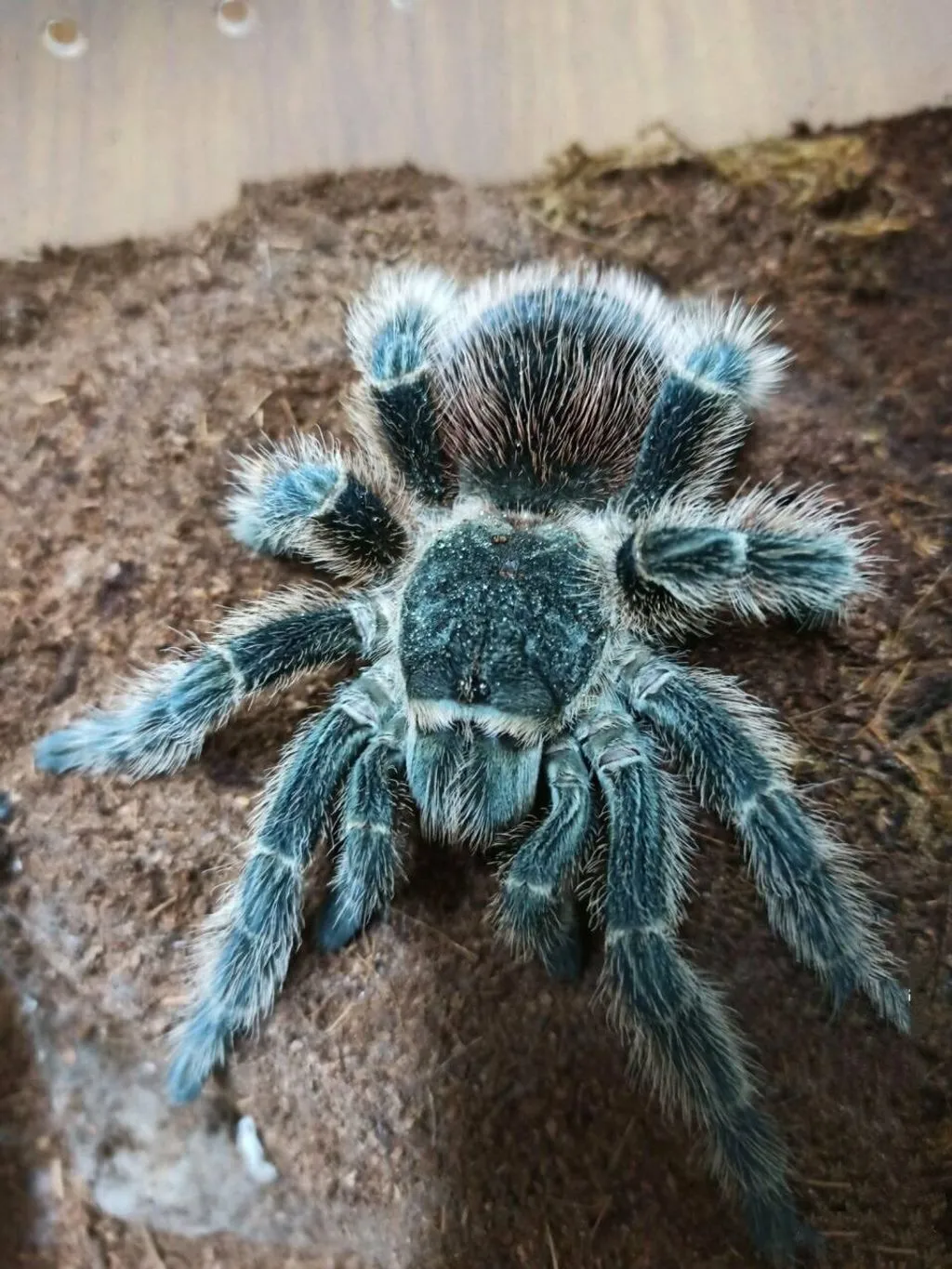
The substrate is the base of your tarantula’s habitat and plays a vital role in maintaining humidity and providing a comfortable environment. Coconut fiber, also known as coco coir, is an excellent choice for Brazilian Fire Reds. It holds moisture well, allows for burrowing, and is readily available. Alternatively, you can use a mixture of peat moss and vermiculite. Avoid using substrates that can be harmful if ingested, such as gravel or sand. The substrate depth should be sufficient for the tarantula to burrow, typically around 3-4 inches for adults. Make sure the substrate is kept slightly damp, but not overly wet, to maintain the appropriate humidity levels. Regular spot cleaning of the substrate is also essential to maintain cleanliness.
Humidity and Temperature Control
Brazilian Fire Reds thrive in a warm and humid environment. Maintaining the right temperature and humidity levels is crucial for their health and well-being. The ideal temperature range for a Brazilian Fire Red Tarantula is between 75°F and 85°F (24°C and 29°C). You can use a heat mat or a low-wattage heat lamp to maintain the desired temperature. Always monitor the temperature using a thermometer. Humidity levels should be maintained between 60-70%. You can measure humidity with a hygrometer. Misting the enclosure regularly with dechlorinated water, especially during molting, helps maintain humidity. Ensure proper ventilation to prevent mold growth and stagnant air. Avoid placing the enclosure in direct sunlight, which can overheat the enclosure.
Feeding Your Brazilian Fire Red Tarantula
Proper nutrition is key to keeping your Brazilian Fire Red Tarantula healthy and vibrant. Understanding the right food items and feeding frequency will ensure your pet receives the nutrients it needs to thrive. These tarantulas are opportunistic predators, and their diet in captivity should reflect this, providing a varied and nutritious intake to support their growth and overall health. A well-fed tarantula is a happy tarantula, and proper feeding practices are a cornerstone of good tarantula care. Choosing the appropriate food and following a consistent feeding schedule is vital to ensure your tarantula lives a long and healthy life.
Appropriate Food Items
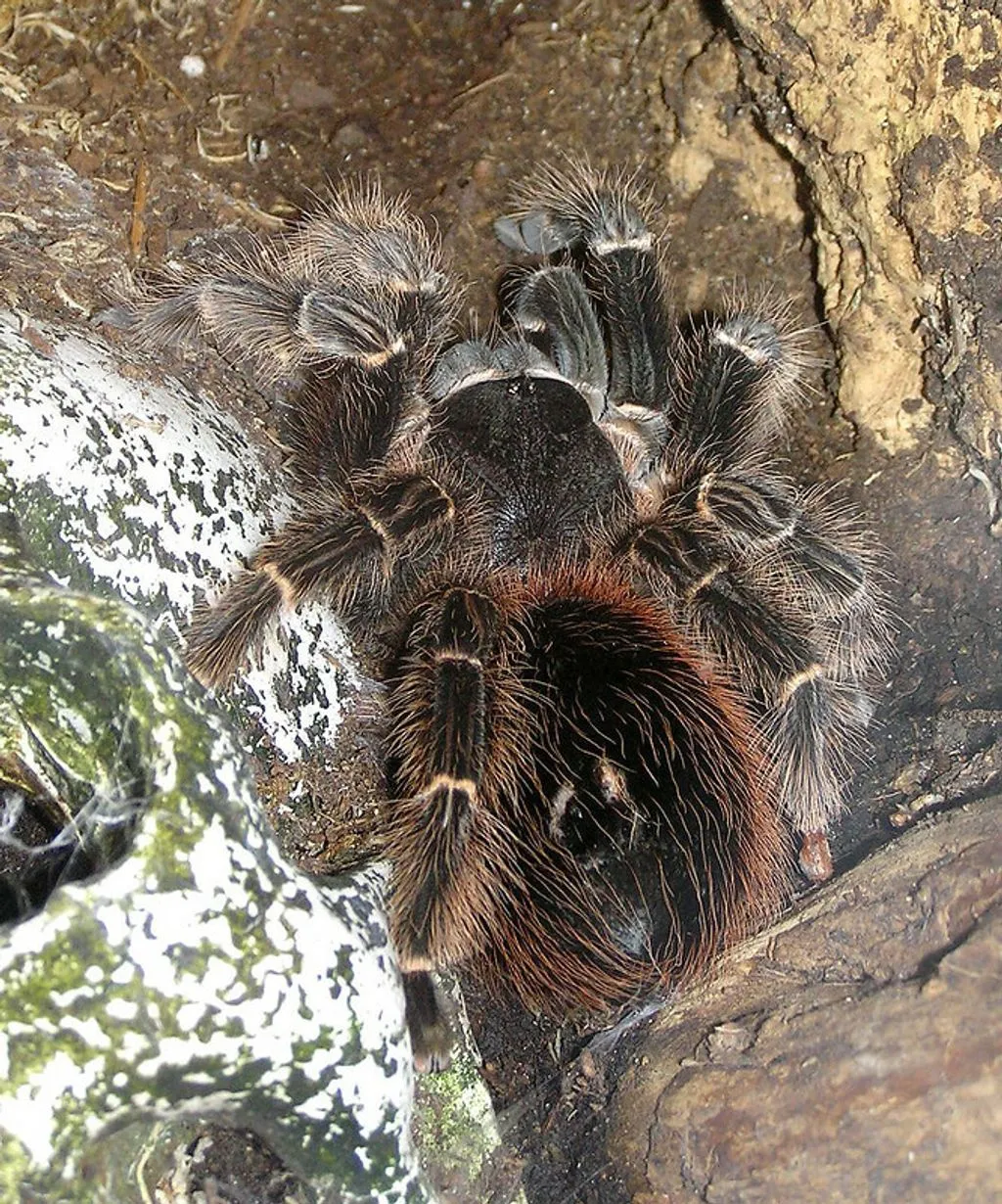
Brazilian Fire Red Tarantulas primarily feed on insects. Crickets, dubia roaches, and mealworms are excellent options. Ensure that the insects you feed your tarantula are gut-loaded, which means they have been fed nutritious food before being offered to your pet. This enhances the nutritional value of the food. Avoid feeding wild-caught insects, as they may carry parasites or pesticides that can harm your tarantula. The size of the prey should be appropriate for the tarantula’s size. As a general rule, the prey should be no larger than the tarantula’s body. Remove any uneaten prey items after 24 hours to prevent stress to your tarantula and prevent mold.
Feeding Frequency
The feeding frequency depends on the age and size of your tarantula. Spiderlings and juveniles typically need to be fed more often than adults. Young tarantulas can be fed every 2-3 days, while adult Brazilian Fire Reds can be fed once or twice a week. Adjust the feeding schedule based on your tarantula’s appetite and body condition. A tarantula that is consistently refusing food may be nearing a molt. Offer food items at night, as tarantulas are nocturnal hunters. Always monitor your tarantula’s feeding behavior and adjust the frequency as needed, ensuring that it maintains a healthy weight and energy level.
Watering Your Tarantula
Providing a clean water source is essential for the health and well-being of your Brazilian Fire Red Tarantula. They need a constant supply of fresh water to stay hydrated. The availability of fresh water is just as important as proper feeding. This is often overlooked, but it is a crucial component of tarantula care. Always keep the water source clean and readily accessible to prevent dehydration and other health issues. Regularly check the water source and ensure it is always clean and available. This is something that needs to be addressed on a daily basis to maintain the proper care of your tarantula.
Providing Fresh Water
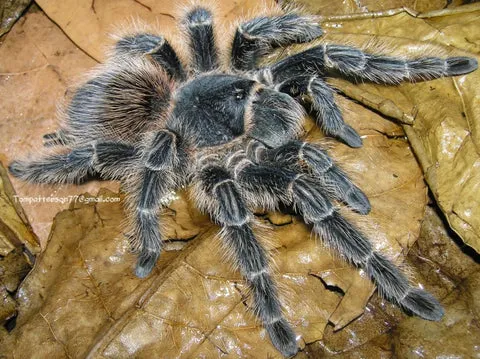
Provide a shallow water dish that is easily accessible to your tarantula. Use a water dish that is small enough to prevent the tarantula from falling in and drowning. You can use a bottle cap or a shallow dish designed for reptiles. Ensure the water dish is always filled with fresh, clean water. Change the water daily to prevent bacterial growth and ensure the water remains clean and safe. If you use a water dish, make sure it is secured so that the tarantula does not tip it over. If your tarantula is small, you can use a cotton ball soaked in water as a water source. Replace the cotton ball with a fresh one every day.
Misting the Enclosure
In addition to providing a water dish, misting the enclosure can help maintain the appropriate humidity levels, especially during molting. Use a spray bottle filled with dechlorinated water to mist the enclosure. Mist one side of the enclosure, allowing the tarantula to move away from the mist if it chooses. Avoid over-misting, as this can lead to mold growth. Mist the enclosure once or twice a week, or as needed to maintain humidity levels. Monitor the humidity levels using a hygrometer, and adjust your misting schedule accordingly. Make sure the enclosure has good ventilation to prevent the buildup of excess moisture.
Handling and Safety Precautions
Handling your Brazilian Fire Red Tarantula should be approached with caution and respect for the animal’s well-being. Although they are generally docile, they can be defensive. Handling is generally not recommended unless necessary, such as during enclosure maintenance or health checks. It is important to minimize stress to your tarantula and to handle it safely to prevent harm to both you and your pet. Always prioritize the tarantula’s well-being and avoid handling unless you have the knowledge and experience to do so safely. Learning how to handle your tarantula correctly and safely will make the experience much more enjoyable. The safety of both the keeper and the tarantula is paramount.
Minimizing Stress and Handling
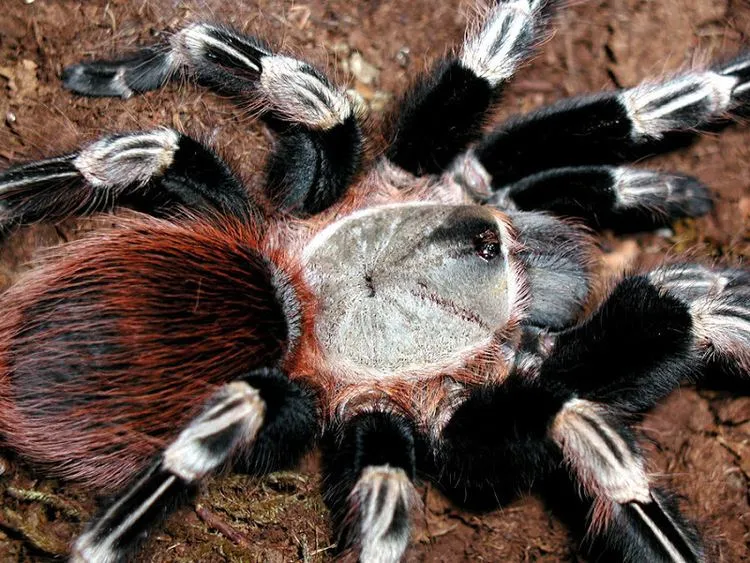
Minimize handling to reduce stress on your tarantula. Observe your tarantula in its enclosure and appreciate its natural behaviors. If you must handle your tarantula, do so only when necessary. Before handling, ensure you have a clear understanding of the tarantula’s temperament and behavior. Wash your hands thoroughly before handling to remove any scents or substances that could be harmful to the tarantula. Handle the tarantula gently and slowly, avoiding sudden movements. If the tarantula appears stressed, or if it flicks hairs in your direction, immediately place it back in its enclosure. Never handle a tarantula if you are unsure or uncomfortable.
Recognizing Signs of Stress
Recognizing signs of stress is crucial for responsible tarantula ownership. These signs can include flicking hairs from the abdomen as a defensive mechanism. A tarantula that is exhibiting defensive behavior or acting defensively, is a clear sign that the tarantula is stressed and you should cease interaction. Avoid touching or disturbing the tarantula when it is in this state. Other signs include rapid movement, or a defensive posture, where the tarantula raises its front legs. Loss of appetite or changes in activity levels can also indicate stress. If you notice any of these signs, reduce handling and ensure the tarantula’s enclosure meets its needs. Provide plenty of hiding places and a stress-free environment to encourage relaxation and well-being.
Molting and What to Expect
Molting is a natural process for Brazilian Fire Red Tarantulas, as they shed their exoskeleton to grow. This process can be stressful for the tarantula and requires specific care to ensure a successful molt. Understanding the molting process and what to expect will help you provide the necessary support and care for your pet during this vulnerable time. The molting process is a fascinating part of tarantula ownership, and knowing what to do can make the experience much easier for both you and your tarantula. Proper care during molting ensures the tarantula’s continued health and development.
Understanding the Molting Process
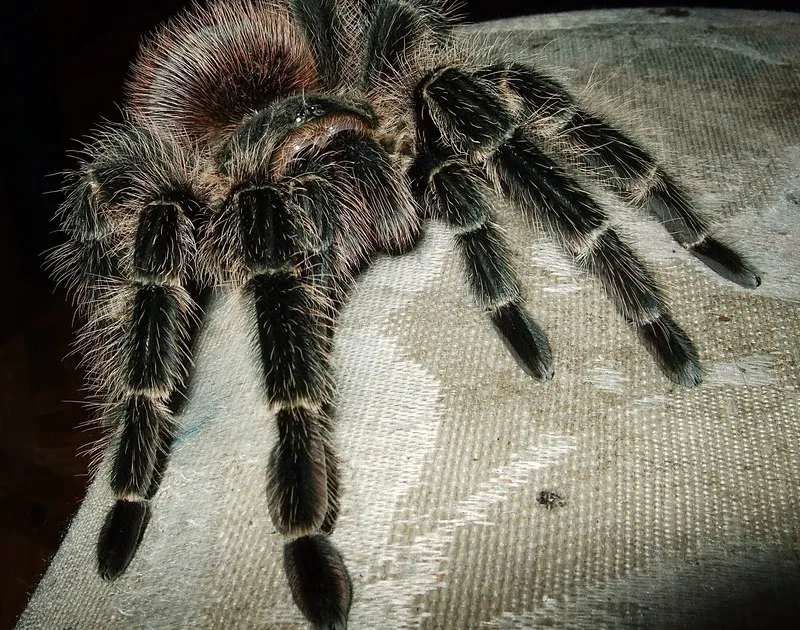
Molting is the process where the tarantula sheds its old exoskeleton to allow for growth. The frequency of molting depends on the tarantula’s age, with spiderlings molting more frequently than adults. Before molting, the tarantula may become less active and may refuse food. The tarantula will typically lie on its back during the molting process. The process can take several hours or even days. After molting, the tarantula’s new exoskeleton is soft and vulnerable. It will take a few days for the new exoskeleton to harden. Do not disturb or handle the tarantula during this period. Provide extra humidity during molting to help the process.
Caring for Your Tarantula During Molt
During the molting process, it is crucial to provide a stress-free environment. Avoid disturbing the tarantula during this time. Maintain the appropriate humidity levels by misting the enclosure. Do not offer food during the molt, as the tarantula will not be able to eat. Leave the old exoskeleton in the enclosure, as the tarantula may consume it to replenish nutrients. After the molt, wait a few days for the new exoskeleton to harden before offering food. If you are concerned about your tarantula’s molting process, consult with a veterinarian or experienced tarantula keeper. Providing a clean and safe environment during the molting process is the key to success.
Common Health Issues and Prevention
While Brazilian Fire Red Tarantulas are generally hardy, they can be susceptible to certain health issues. Knowing how to identify potential problems and implement preventative measures will help you keep your tarantula healthy and thriving. Proactive care is essential, and early detection can often prevent serious health complications. Regular monitoring of your tarantula’s behavior, eating habits, and overall appearance will help you catch any problems early on. Good husbandry is key to preventing most health problems.
Identifying Potential Health Problems
Common health problems include mites, which are small parasites that can infest the tarantula. You may notice small, white or red specks on the tarantula’s body. Respiratory infections can occur if the enclosure is too humid or poorly ventilated. Look for signs of labored breathing or lethargy. Parasitic infections can also occur. Check for unusual growths or swelling. If you observe any of these symptoms, consult with a veterinarian or experienced tarantula keeper for diagnosis and treatment. Early detection and intervention are crucial for the best outcomes. A healthy tarantula is more likely to live a long and happy life.
Preventative Measures
Preventative measures are essential for maintaining your tarantula’s health. Maintain proper hygiene in the enclosure by removing uneaten food and fecal matter regularly. Ensure proper ventilation to prevent respiratory infections. Keep humidity levels within the recommended range to prevent fungal infections. Quarantine new tarantulas before introducing them to your collection. Use a clean substrate and replace it regularly. Provide a balanced diet and avoid overfeeding. Regular observation of your tarantula’s behavior and appearance can help you detect early signs of illness. If you suspect your tarantula is ill, consult with a veterinarian or an experienced tarantula keeper for advice and treatment. Proactive care and attention to detail can significantly contribute to your tarantula’s well-being.
